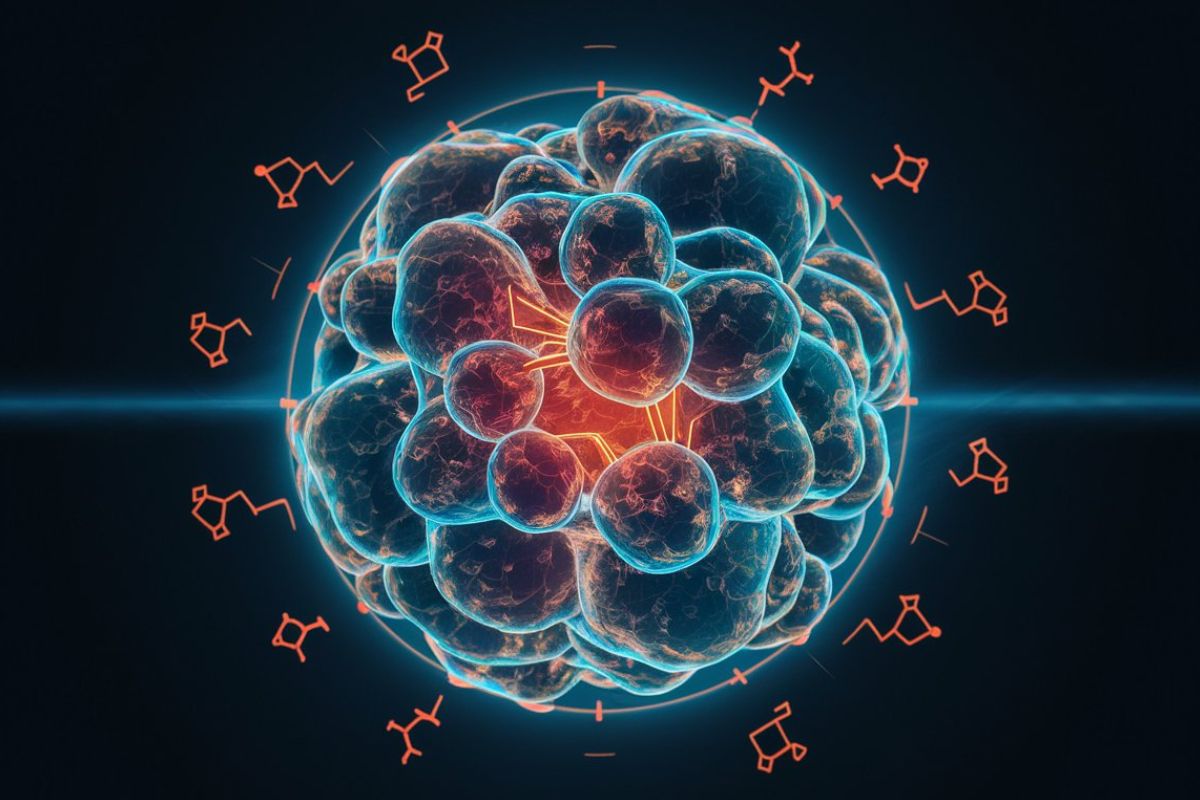
Actinomycin D is a powerful antibiotic and chemotherapy drug with a fascinating history and wide-ranging uses. Originally discovered in 1940, this compound has played a crucial role in both medical and scientific fields. But what exactly makes Actinomycin D so special? For starters, it’s known for its ability to bind to DNA, which makes it an effective tool in cancer treatment. This binding action prevents the synthesis of RNA, effectively halting the growth of cancer cells. Beyond its medical applications, Actinomycin D is also used in research to study gene expression and cellular processes. Whether you’re a science enthusiast or just curious about medical advancements, these 30 facts will give you a deeper understanding of this remarkable drug.
What is Actinomycin D?
Actinomycin D, also known as Dactinomycin, is a chemotherapy medication used to treat various types of cancer. It works by interfering with the growth of cancer cells, ultimately causing their death. Here are some fascinating facts about this powerful drug.
- Actinomycin D was first discovered in 1940 by Selman Waksman and his colleagues.
- It is produced by the bacterium Streptomyces parvulus.
- The drug is primarily used to treat Wilms' tumor, rhabdomyosarcoma, and Ewing's sarcoma.
- Actinomycin D works by binding to DNA and inhibiting RNA synthesis.
- It is one of the oldest chemotherapy drugs still in use today.
How is Actinomycin D Administered?
Understanding how Actinomycin D is given to patients can help demystify its role in cancer treatment. Here are some key points about its administration.
- Actinomycin D is administered intravenously.
- The dosage depends on the type and stage of cancer being treated.
- It is often given in combination with other chemotherapy drugs.
- Treatment cycles typically last several weeks, with breaks in between.
- The drug must be handled with care, as it can cause severe tissue damage if it leaks out of the vein.
Side Effects of Actinomycin D
Like all chemotherapy drugs, Actinomycin D comes with a range of potential side effects. Knowing these can help patients and caregivers prepare for treatment.
- Common side effects include nausea, vomiting, and loss of appetite.
- Hair loss is another frequent side effect.
- The drug can cause bone marrow suppression, leading to a decrease in blood cell counts.
- Patients may experience mouth sores and difficulty swallowing.
- Actinomycin D can also cause liver toxicity, requiring regular monitoring of liver function.
Historical Significance of Actinomycin D
Actinomycin D has played a crucial role in the history of cancer treatment. Here are some historical facts that highlight its importance.
- It was the first antibiotic shown to have anti-cancer properties.
- The discovery of Actinomycin D led to the development of other chemotherapy drugs.
- It was initially used to treat childhood cancers, significantly improving survival rates.
- The drug's success paved the way for further research into cancer therapies.
- Actinomycin D has been a part of numerous clinical trials, contributing to our understanding of cancer treatment.
Research and Development of Actinomycin D
Ongoing research continues to explore new uses and improvements for Actinomycin D. Here are some interesting facts about its research and development.
- Researchers are investigating its potential use in treating viral infections.
- Studies are being conducted to find ways to reduce its side effects.
- New formulations of the drug are being developed to improve its efficacy.
- Actinomycin D is being studied in combination with newer cancer therapies.
- Ongoing research aims to better understand its mechanism of action at the molecular level.
Interesting Facts About Actinomycin D
Beyond its medical applications, Actinomycin D has some intriguing aspects worth noting.
- Actinomycin D is a bright red compound, giving it a distinctive appearance.
- It is highly toxic and must be handled with extreme caution in the lab.
- The drug has been used in scientific research to study gene expression.
- Actinomycin D has a unique structure, consisting of a phenoxazone ring linked to two cyclic peptides.
- Despite its age, Actinomycin D remains a vital tool in the fight against cancer.
The Final Word on Actinomycin D
Actinomycin D stands out as a powerful antibiotic and chemotherapy agent. Its ability to bind DNA and halt RNA synthesis makes it invaluable in treating certain cancers. Despite its benefits, it comes with significant side effects, including nausea, vomiting, and potential damage to organs. Understanding these risks is crucial for patients and healthcare providers.
Research continues to explore new applications and ways to mitigate side effects. This ongoing work aims to make Actinomycin D safer and more effective.
In summary, Actinomycin D remains a cornerstone in cancer treatment. Its unique properties and challenges highlight the importance of continued research and patient education. By staying informed, patients can better navigate their treatment options and healthcare providers can offer more effective care.
Was this page helpful?
Our commitment to delivering trustworthy and engaging content is at the heart of what we do. Each fact on our site is contributed by real users like you, bringing a wealth of diverse insights and information. To ensure the highest standards of accuracy and reliability, our dedicated editors meticulously review each submission. This process guarantees that the facts we share are not only fascinating but also credible. Trust in our commitment to quality and authenticity as you explore and learn with us.


